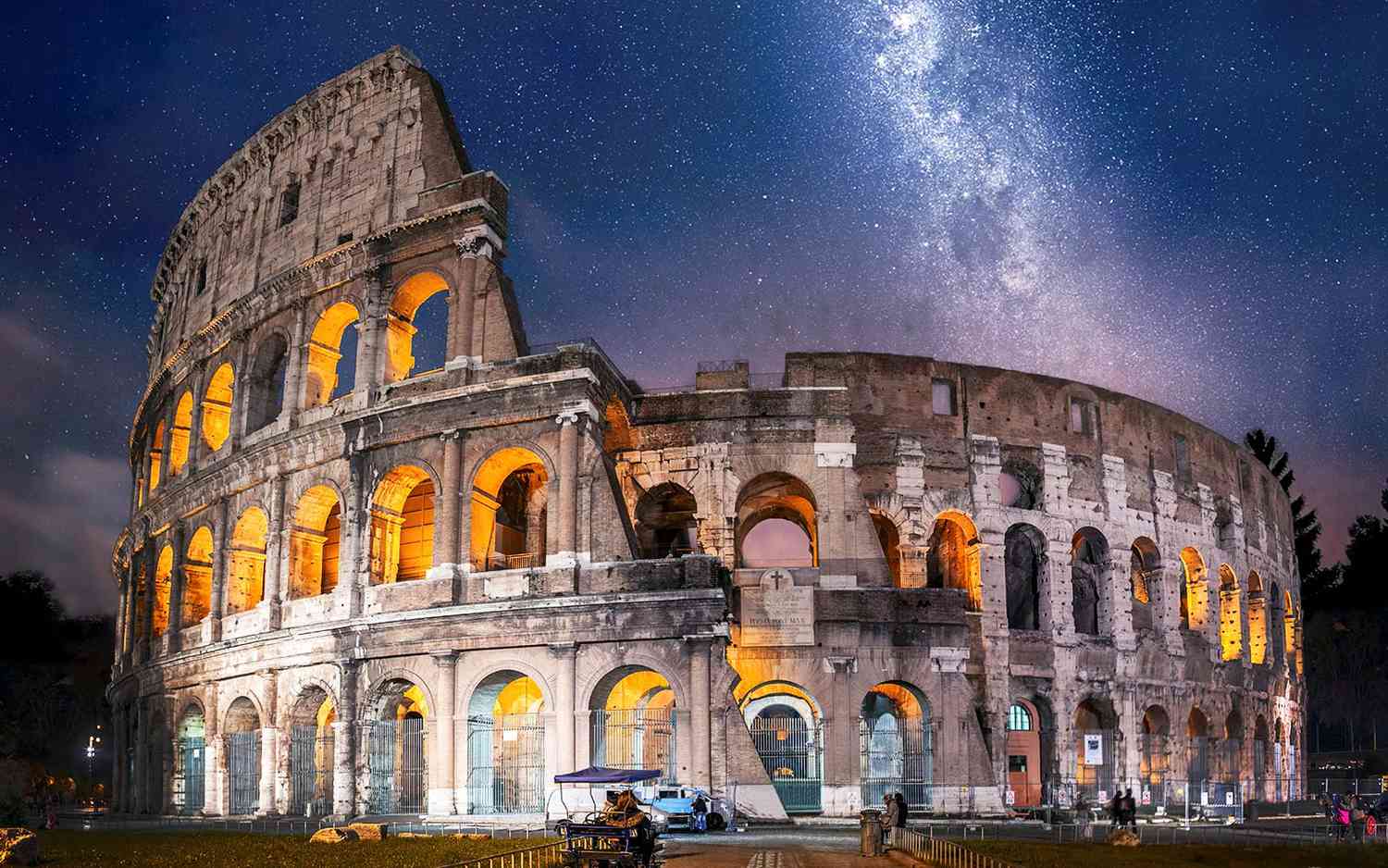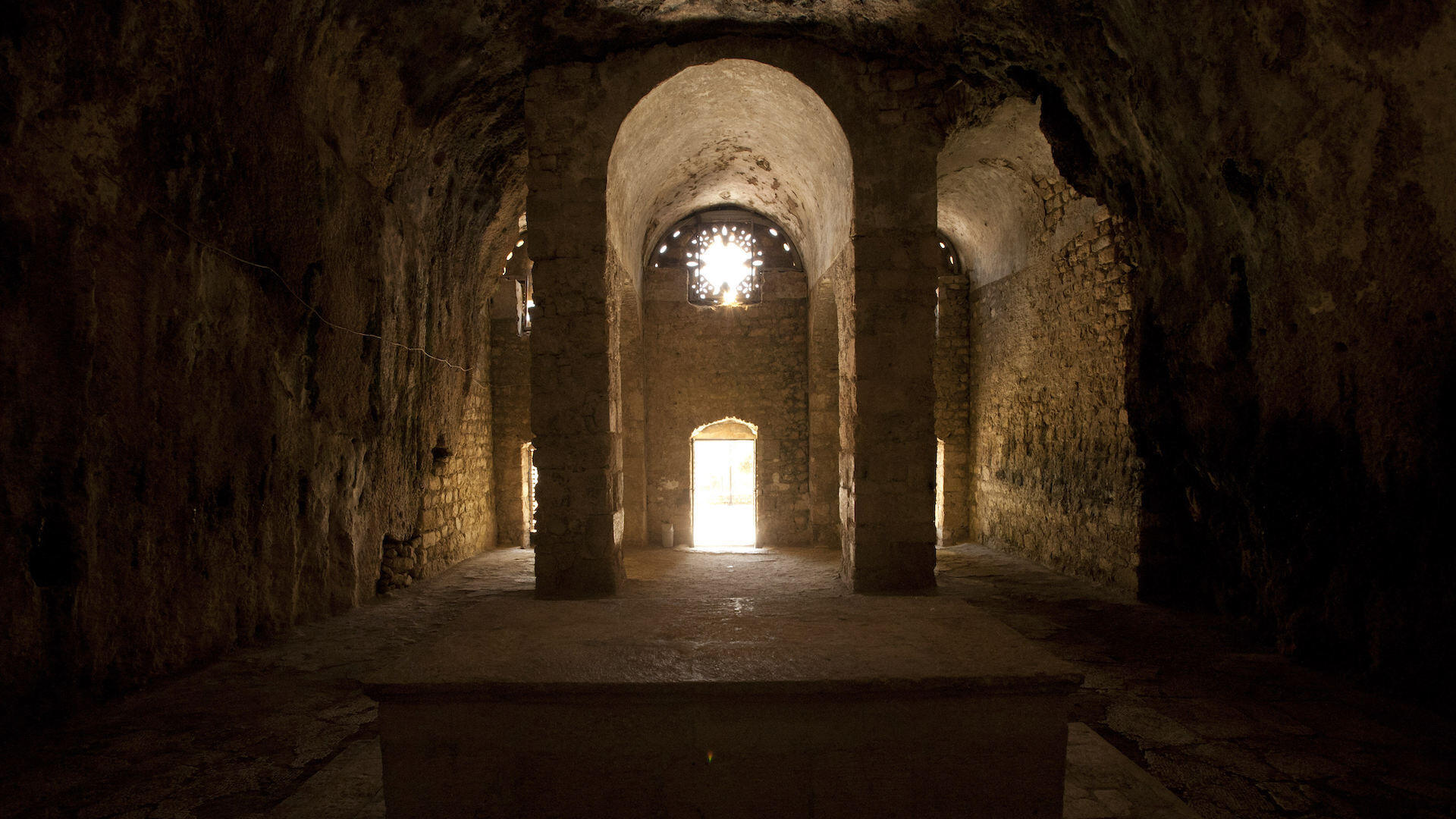
The Colosseum, also known as the Flavian Amphitheatre, is a magnificent and iconic landmark located in the heart of Rome, Italy. Spanning over 2,000 years of history, this ancient amphitheater stands as a testament to the innovative engineering and grandeur of the Roman Empire. With its distinctive architectural design and unparalleled cultural significance, the Colosseum attracts millions of visitors from around the world each year.
But beyond its impressive facade, the Colosseum holds some fascinating secrets and enigmatic facts that intrigue both historians and tourists alike. From its bloody history as a hotspot for gladiator battles to its incredible capacity to hold up to 50,000 spectators, the Colosseum’s allure extends far beyond its captivating exterior. Join us as we explore 15 intriguing facts about the Colosseum, shedding light on lesser-known aspects of this ancient marvel.
Key Takeaways:
- The Colosseum, also known as the Flavian Amphitheatre, is an ancient wonder that hosted thrilling gladiator battles, mock naval fights, and diverse events, leaving a lasting impact on modern entertainment.
- With its enigmatic construction, versatile use, and enduring legacy, the Colosseum stands as a symbol of Rome’s rich history and cultural heritage, captivating visitors with its grandeur and historical significance.
Fascinating The Colosseum’s Construction
The construction of the Colosseum began in 72 AD and was completed in 80 AD, under the reign of Emperor Vespasian. It is estimated that over 60,000 Jewish slaves were involved in its construction.
Mysterious The Colosseum’s Name
The name “Colosseum” is believed to have been derived from the colossal bronze statue of Emperor Nero that once stood nearby. The statue, known as the Colossus of Nero, gave its name to this magnificent amphitheater.
Historical Unforgettable Gladiatorial Games
The Colosseum is renowned for hosting thrilling gladiatorial games, where skilled fighters battled for their lives. These spectacles attracted thousands of spectators and were considered a symbol of Roman power and entertainment.
Curious Vast Seating Capacity
The Colosseum had a remarkable capacity to hold an estimated 50,000 to 80,000 people, making it the largest amphitheater in the Roman Empire. Its efficient design allowed for quick entry and exit of spectators.
Enigmatic Underground Chambers and Mechanisms
Beneath the arena lay an intricate network of underground chambers, tunnels, and trapdoors known as the hypogeum. It housed gladiators, animals, and props, and included mechanisms to lift them onto the arena.
Historical Colosseum’s Naval Battles
The Colosseum was not only a venue for gladiator fights but also hosted spectacular mock naval battles. The arena was flooded with water, and skilled fighters reenacted famous sea battles from history.
Stunning Diverse Architectural Styles
The Colosseum showcases a blend of architectural styles, combining the classical Greek orders with Roman engineering techniques. Its unique design influenced future amphitheaters and stadiums worldwide.
Curious Versatile Use of Spaces
Despite being primarily used for gladiatorial games, the Colosseum had multiple purposes. It was also used for animal hunts, public spectacles, and even religious ceremonies.
Enigmatic A Symbol of Rebirth
Throughout its existence, the Colosseum has faced natural disasters, fires, and earthquakes. However, it has always stood strong, becoming a symbol of resilience and rebirth for the people of Rome.
Historical Decorative Marble and Statues
The Colosseum was once adorned with decorative marble tiles, statues, and intricate stonework. Unfortunately, much of this embellishment has been lost over time, either due to plundering or natural deterioration.
Fascinating Eclectic Audience Seating
The seating arrangement in the Colosseum was highly structured. Patricians and politicians occupied the lower tiers, while the higher levels were reserved for the common people, slaves, and women.
Intriguing Spectacular Velarium
The Colosseum had a retractable canvas awning known as the velarium. This enormous canopy provided shade to the spectators, protecting them from the scorching Roman sun during events.
Mysterious Vicious Animal Encounters
The Colosseum was notorious for hosting brutal animal fights, where exotic creatures from around the Roman Empire clashed against each other or battled with gladiators. These spectacles were both awe-inspiring and terrifying.
Historical The Colosseum’s Influence on Modern Entertainment
The architectural grandeur and spectacle of the Colosseum have had a profound impact on modern entertainment. Its influence can be seen in contemporary sports stadiums, concert arenas, and even in films and television shows.
Curious The Colosseum’s Enduring Legacy
The Colosseum stands as a testament to the grandeur and sophistication of the Roman Empire. It is not only a UNESCO World Heritage Site but also a symbol of Rome’s rich history and cultural heritage.
Exploring the 15 enigmatic facts about Colosseum reveals the remarkable feats of engineering, cultural significance, and enduring legacy of this iconic ancient structure. The Colosseum continues to fascinate visitors from around the world, reminding us of the glory and grandeur of ancient Rome.
Conclusion
The Colosseum is undoubtedly one of the most fascinating landmarks in the world, with a rich history and many intriguing facts surrounding it. From its impressive architecture to its brutal gladiatorial battles, the Colosseum continues to captivate visitors from all over the globe.
Whether you’re a history enthusiast or just looking for a unique travel experience, a visit to the Colosseum is a must. Take the time to explore its grandeur, imagine the spectacles that once occurred within its walls, and appreciate its enduring significance as a symbol of ancient Rome.
So, if you’re planning a trip to Rome, make sure to add the Colosseum to your itinerary. It’s an iconic landmark that offers a glimpse into a bygone era and promises to leave you in awe of its majesty.
FAQs
1. How old is the Colosseum?
The Colosseum was completed in 80 AD, making it over 2,000 years old.
2. How big is the Colosseum?
The Colosseum stands at an impressive height of 48 meters (157 feet) with a circumference of 527 meters (1,729 feet).
3. What was the purpose of the Colosseum?
The Colosseum was primarily used as an entertainment venue for gladiatorial contests, animal hunts, and other public spectacles.
4. How many people could the Colosseum accommodate?
The Colosseum had a seating capacity of approximately 50,000 to 80,000 spectators.
5. What material was used to construct the Colosseum?
The Colosseum was built using travertine limestone, volcanic rock, and concrete.
6. Is the Colosseum open to the public?
Yes, the Colosseum is open to the public and serves as a popular tourist attraction in Rome.
7. Can you go inside the Colosseum?
Visitors are allowed to enter the Colosseum and explore its interior, including the underground chambers and the arena floor.
8. Are there guided tours available for the Colosseum?
Yes, guided tours are offered for the Colosseum, providing visitors with in-depth information and a deeper understanding of its historical significance.
9. Are there any restrictions when visiting the Colosseum?
While visiting the Colosseum, certain restrictions apply, such as no entry with large bags or backpacks, no pets allowed, and no touching or climbing the ancient structure.
10. Is the Colosseum accessible for people with disabilities?
Efforts have been made to make the Colosseum accessible for people with disabilities, including the installation of ramps and elevators for easy access.
Was this page helpful?
Our commitment to delivering trustworthy and engaging content is at the heart of what we do. Each fact on our site is contributed by real users like you, bringing a wealth of diverse insights and information. To ensure the highest standards of accuracy and reliability, our dedicated editors meticulously review each submission. This process guarantees that the facts we share are not only fascinating but also credible. Trust in our commitment to quality and authenticity as you explore and learn with us.


